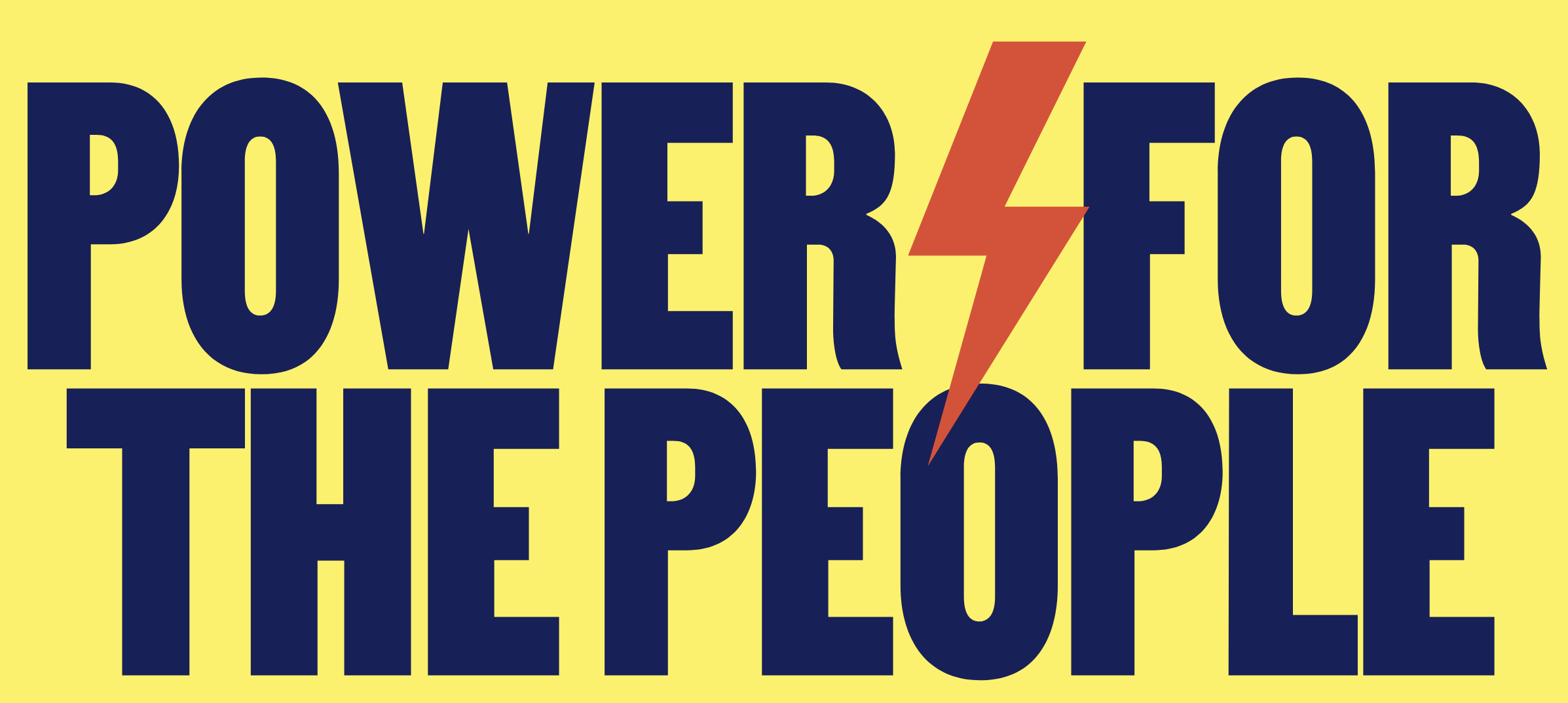Adding teeth to the Hudson Valley Power Authority

Public power is a great idea idea wrapped in hard problems. When a community owns its electric wires (over 2,000 communities in the U.S. already do), it can choose reliability over dividends, local service over a distant call center, and long‑term planning over quarterly earnings. That’s the promise. The peril is execution: price fights that drag on for years, first bills that come out wrong, and storm communications that fail when we need them most.
Senator Michelle Hinchey and Assemblymember Sarahana Shrestha have put a real option on the table with A2127/S2026, the Hudson Valley Power Authority Act. If we want it to work for the Hudson Valley, we should learn directly from places that made the jump from private ownership to community ownership—what helped them, what held them back, and what we can borrow from their decades-long lessons. I see this change as inevitable. Private equity and shareholder earnings with quarterly reporting is not compatible with what should be a public utility able to plan for the next century.
Three true stories (and what they really say)
Winter Park, Florida — success by design

Twenty years ago, the City of Winter Park decided it was done being a passenger. Residents didn’t just sign a petition—they voted to borrow the money, buy the local electric system, and run it themselves. After legal proceedings, an arbitrator set the value of the distribution system at $42.4 million; the city then asked voters to approve a $49.8 million bond to close the deal, which passed with more than 69% support on September 9, 2003.[1] The city “flipped the switch” to municipal ownership on June 1, 2005.[2]
“Local control and accountability carried the day… when we did go to referendum, it was a 69% vote in favor of buying it.” — Randy Knight, City Manager, Winter Park (Local Energy Rules interview, 2023)[3]
“We promised better reliability… we promised to begin undergrounding the power lines and we’ve kept all those promises.” — Randy Knight[3:1]
Winter Park treated the changeover like a construction project, not a press release. The city contracted experienced operators at the start, launched a long‑term plan to underground its worst overhead lines, stuck to a regular tree‑trimming cycle, and reported progress in public.[4] Over time, outages dropped and the value of owning the problem became visible at the neighborhood level.[5]
Jefferson County, Washington — the bumpy start
Jefferson County’s public utility district purchased the local system from an investor‑owned utility in the early 2010s. Ownership transferred on paper; trucks, crews, and control rooms became local. On the scoreboard, that’s a win. But the opening months showed how fragile public trust can be if back‑office systems aren’t absolutely ready. The Washington State Auditor flagged weak internal controls, and customers felt it in the two places that matter most: the bill in the mailbox and the answer on the phone.
Reading: SAO transition findings and subsequent clean accountability audits[6] [7]; acquisition backgrounders[8].
Jefferson County eventually stabilized. That’s important. But the early stumble is the caution. Before you change hands, you practice billing in parallel—real data, practice invoices that don’t go out, and threshold targets you must hit before go‑live. You also drill for storms the way fire departments drill: can the outage map stay up, do phones get answered, do estimated restoration times make sense? None of this is glamorous. All of it is how you keep faith. District leaders and staff later emphasized that stronger rehearsal and earlier vendor accountability would have prevented avoidable errors in the first billing cycles; they’ve spoken publicly about lessons learned and the value of clean cutovers.
Sacramento (SMUD) — the long war over how much
Sacramento’s community utility, SMUD, is now one of the best‑known public power systems in the country. Getting there took patience measured in decades. Voters formed the utility in the 1920s, but court fights over price and process delayed the actual purchase of the private company’s local system until the mid‑1940s. SMUD’s own history puts it plainly: “Years of engineering studies, political battles and legal wrangling delayed our purchase of PG&E’s local electrical system.”[9]
Former general manager Jan Schori has written extensively about the governance and finance disciplines that followed once SMUD finally took title; those lessons are worth importing here. Jan is now the board chair of the California ISO, and her work continues to butress a clean grid.
What this means for A2127/S2026 right now
The Hudson Valley bill is promising. It creates a public authority, sketches out community oversight, and points toward climate‑aligned investment. What it needs—urgently—is a few surgical additions so we don’t repeat the predictable mistakes other communities already paid for in court time, public frustration, and decades of struggle.
Three Suggestions:
First, the bill should lock the price process before you start the car. Write a simple, fair, and fast method for setting the purchase price into the bill. One workable model is often called baseball arbitration: the public authority picks one independent appraiser, the seller picks another, those two pick a neutral third, and all three must use a defined set of methods. Put a short timeline on it. Make the final number binding unless a court finds a clear error. This turns a multi‑year quagmire into a calendar. Reading: SMUD history and municipalization process primers[9:1] [10] [11].
Second, make a real transition agreement a condition of closing. Don’t take title until there’s a signed plan that covers the nitty‑gritty: billing software, call centers, outage systems, meter data, field operations, and the hand‑off of documentation and interfaces. Require two or three cycles of practice bills. Stage full dress rehearsals before any real bills go out. Require a mock storm before the first storm season. Put money at risk for whoever is providing transition services so there is accountability if benchmarks aren’t met. This is the Jefferson County lesson, put into law rather than hope. Reading: Jefferson County PUD transition reporting and operator performance reforms on Long Island after Tropical Storm Isaias[6:1] [12].
Third, put conservative finance rules and local budget protection in black‑and‑white. Set a minimum debt cushion (the margin between annual revenues and annual bond payments), create a rate‑stabilization fund so one bad year doesn’t turn into panic, and spell out a predictable schedule of payments to towns and counties in place of property taxes—so municipal budgets aren’t left in limbo. Then publish a plain‑English table that shows what different acquisition prices and interest rates could mean for the average customer, along with the offsets you expect from lower borrowing costs and the absence of shareholder dividends. If you can’t show the math, you haven’t earned the trust. Reading: public‑power financing guides and co‑op case studies on fuel‑cost adjusters and reserves[13] [14]. The switch from shareholder rewards to community rewards (with all the effects debt holds over the operation) needs clear language and scenarios.
None of these additions change the spirit of the bill. They make it executable. They tell people, in effect: we will decide the price fairly, we will rehearse until we get it right, and we will not gamble with the books.
To read the bill as it stands, see: [15] [16].
Footnotes and links
City of Winter Park press release, “20th Anniversary of Acquiring Electric Utility” (May 21, 2025). https://cityofwinterpark.org/docs/media/press-releases/city-generated/2025/20th-anniversary-of-electric-utility-2025-05-21.pdf ↩︎
City of Winter Park Electric Utility — overview and history. https://cityofwinterpark.org/departments/electric-utility/ ↩︎
Randy Knight (City Manager, Winter Park), interview with John Farrell, “Proof in the Public Takeover Pudding,” Local Energy Rules (ILSR), transcript. https://ilsr.org/articles/winter-park-public-power-takeover-ler184/ ↩︎ ↩︎
Winter Park undergrounding program. https://cityofwinterpark.org/departments/electric-utility/undergrounding/ ↩︎
Winter Park reliability updates. https://cityofwinterpark.org/departments/electric-utility/reliability/ ↩︎
Washington State Auditor materials on Jefferson PUD accountability and transition period (entity search portal). https://sao.wa.gov/ ↩︎ ↩︎
Washington State Auditor accountability audits (subsequent years). https://sao.wa.gov/ ↩︎
Peninsula Daily News coverage of Jefferson PUD’s purchase and transition; JPUD–PSE joint statement; JPUD history page. https://www.peninsuladailynews.com/news/jefferson-pud-signs-pact-to-become-electrical-provider-expected-to-complete-switch-in-2013/ • https://jeffpud.org/wp-content/uploads/2014/04/PSE_JPUD_joint_statement.pdf • https://www.jeffpud.org/mission-vision-history-of-the-pud/ ↩︎
SMUD, “Our History.” https://www.smud.org/Corporate/About-us/Company-Information/Our-History ↩︎ ↩︎
American Public Power Association, municipalization primers and case studies. https://www.publicpower.org/ ↩︎
DC DOEE, municipalization analyses and process maps. https://doee.dc.gov/ ↩︎
LIPA, “Tropical Storm Isaias 30‑Day Report” (Sept. 23, 2020) and follow‑ups on operator reforms. https://www.lipower.org/wp-content/uploads/2020/09/LIPA-Isaias-30-Day-Report-Final.pdf ↩︎
APPA finance resources (rate stabilization funds, debt coverage policy) and public‑power debt primers. https://www.publicpower.org/ ↩︎
Kaua‘i Island Utility Cooperative — background on acquisition and rate tools. https://kiuc.coop/ ↩︎
New York State Assembly bill A2127A page and text. https://nyassembly.gov/leg/?default_fld=&leg_video=&bn=A02127 ↩︎
New York State Senate bill S2026A page and text. https://www.nysenate.gov/legislation/bills/2025/S2026 ↩︎
